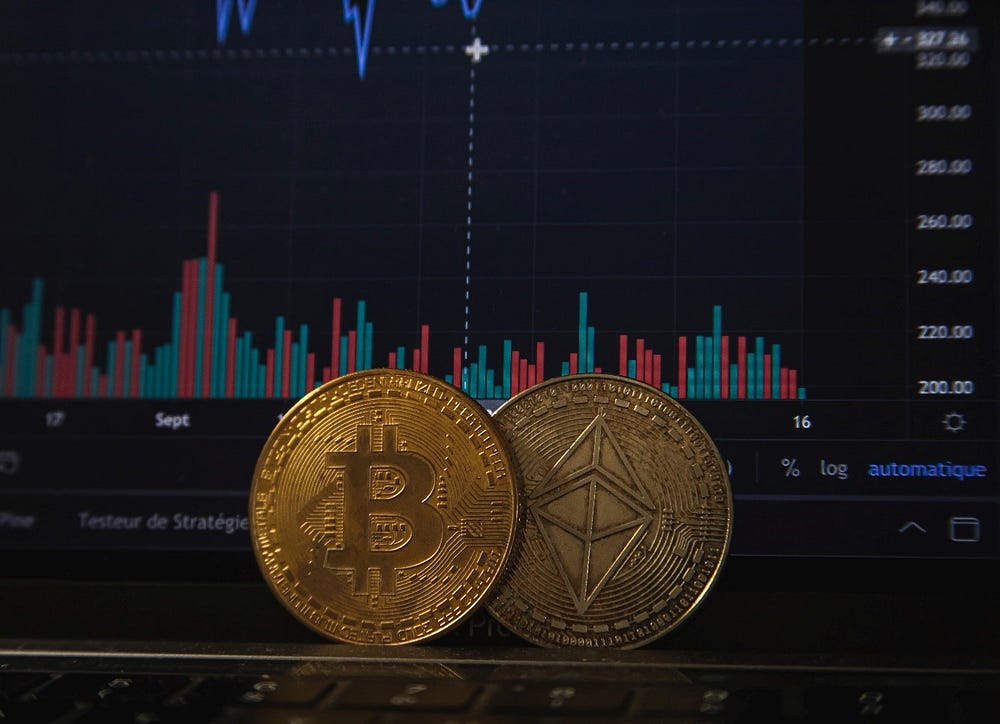How blockchain technology powers cryptocurrency?
How blockchain technology powers cryptocurrency

Now that you have a basic understanding of blockchain technology, it’s time to talk about its origin. Remarkably, the actual programmer or programmers behind Bitcoin are still unknown. We do know that Bitcoin first appeared in January 2009 as open-source software. This is a type of software license that allows anyone to inspect, modify, and enhance the software. The Bitcoin software-enabled currency in a digital format to be used without any intermediaries or governing authority.
This means that currency could pass from person to person without the need for a bank or any other financial intermediary. In this way, it’s the opposite of all other forms of typical currency we know and use. Some say Bitcoin was developed as a response to the Great Recession of the late 2000s. Its inventors wanted to conceive of a new monetary system that did not rely on the whims of a few large banks.
As a currency, it does not exist in physical form. There are no coins or notes. It lives natively on the internet. When a transaction takes place, participants who use Bitcoin, their computer specifically, validate the transaction, and it is recorded in a distributed ledger that is powered by blockchain technology. Now you’re probably wondering,
How can a digital currency possibly have values ?

To have value, typically something must be relatively scarce and it must be accepted by others for payment. Gold, silver, diamonds, and oil, for example, all derive their value from being both scarce and expensive to mine.
How might this translate to a digital currency?

The first characteristic is that there is only a limited amount of Bitcoins available. The original creators stipulated that there would only be ever 21 million Bitcoins.
The second characteristic is how a person or organization can acquire a Bitcoin. Like gold, acquiring a completely new Bitcoin requires a unique type of mining. New Bitcoins are periodically released to the Bitcoin participant network and can be acquired by solving extremely complex mathematical puzzles. These puzzles take considerable computing power, so access to participate is limited.
The computing power requires a lot of computers and a lot of power. This incurs a cost to miners. Much like those mining oil in the wild ocean, only those with exceptional resources can participate to have a positive cash flow. The value thereafter is calculated similarly to any currency, by supply and demand. In simple terms, if demand for Bitcoin is high, its value increases.
Less demand, price drops.
Can Bitcoin be used to buy anything?

Certainly, all manner of organizations, including many big and small retailers, accept Bitcoin. Wide acceptance has been foundational to its success. Bitcoin is certainly not perfect, and it’s largely considered a work in progress. The software is still developing and maturing. Issues and risks are still being addressed, including, for example, the recent discovery of web links being written to its blockchain that link to illegal web pages.
That said, Bitcoin has inspired a massive industry of competitor cryptocurrencies, called Altcoins. You may already be familiar with some of them, such as Ether, Peercoin, Litecoin, and Ripple. There are hundreds more. The success of Bitcoin, powered by blockchain technology, has given birth to a whole new way of creating and using money. The cryptocurrency industry, still largely in its infancy, seems well-suited for the needs and expectations of the 21st century.

Comments